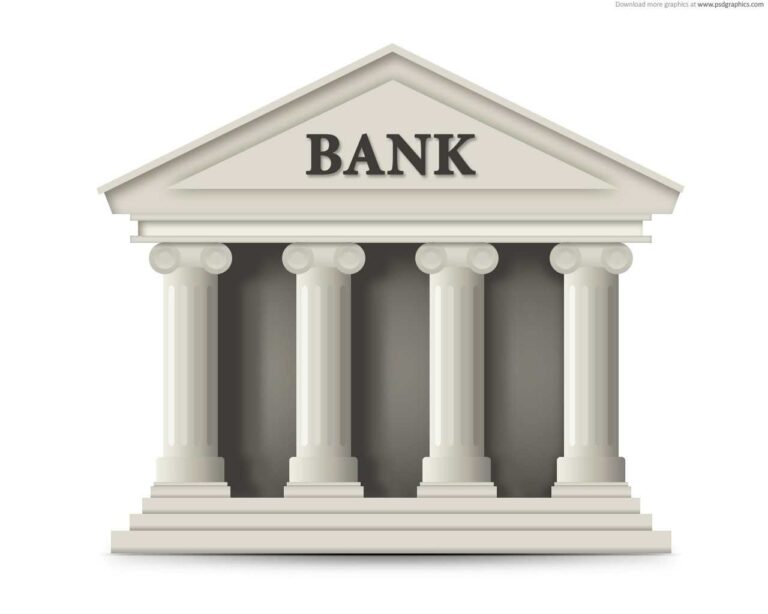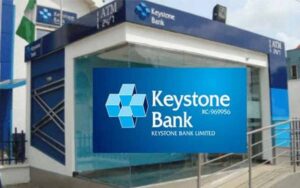Commercial banks vs digital banks: Pros and cons

Gone are the days when you could only do business with a bank by visiting one of its brick-and-mortar branches. Today digital banks have become popular helping their customers to carry out financial activities online anywhere in the world. Choosing between these two banks options may be difficult because each bank has its own feature that makes it stand out.
For example, while traditional commercial banks are popular for their physical presence and long history, digital banks are modern tech-savvy banks that offer ease of use to their customers from anywhere they are.
To help you make an informed decision, this article compares the pros and cons of traditional commercial banks and digital banks.
Commercial banks pros and cons
Pros of commercial banks
Established physical presence
Traditional commercial banks have physical branches scattered across neighbourhoods, cities, and towns. This physical presence offers their customers a sense of trust and reliability. Whether you need to deposit a cheque, seek financial advice, or discuss a loan, having a local branch provides a tangible connection to your finances.
Wide range of financial services
Traditional banks provide a full range of financial services. From basic savings and checking accounts to loans, mortgages, and investment opportunities, traditional commercial banks aim to be one-stop shops for all your financial needs. This diversity allows customers to meet various financial needs under one roof. It simplifies the customer’s financial management and eliminates the need to juggle multiple institutions for different services.
Personalized customer service
Another benefit of traditional commercial banks is that they offer personalized customer service. If you are a customer of any bank, you are entitled to have a relationship manager you can always reach out to if you have issues. These banks also have standby customer units that are readily available to help customers solve their complaints.
Trusted and well-regulated
Traditional commercial banks operate within a well-established regulatory framework. This oversight ensures that these financial institutions comply with financial regulations, thereby protecting the interests of both the bank and its customers. Also, the long history of these banks contributes to a perception of stability and trustworthiness. It assures customers that their money is in safe hands.
Cons of commercial banks
Limited accessibility
Physical branches provide a cost advantage, but they have their own limits. Sometimes people with busy schedules or people living in remote places are unable to carry out banking activities such as bank transfers, deposits, etc in the bank’s physical office. This limitation contrasts with the 24-hour accessibility provided by online and digital banking solutions. The bank’s reliance on physical locations may restrict its capacity to reach and service a bigger client base.
Increased operational costs
Maintaining a network of physical branches can be expensive. Traditional commercial banks have higher operating costs than digital banks because they have to pay for rent, utilities, labour, and security. These costs may be passed on to customers in the form of fees, or they may limit the bank’s capacity to provide competitive deposit and lending rates.
Slower technology adoption.
Another problem of traditional commercial banks is that they adopt technology slowly. While some have switched to digital banking, many still employ outmoded methods and procedures. Slower adoption may result in less efficient services, longer processing times, and a failure to meet customer expectations.
Digital banks: pros and cons
Pros of digital banks
Convenient online access
The primary advantage of digital banks is the ease they provide via online platforms. With a few taps on your smartphone or clicks on your computer, you can manage your funds at any time and from anywhere. This accessibility is especially useful for people with busy schedules or who prefer to conduct transactions from the comfort of their own homes.
Lower fees and levies
Digital banks can provide major cost advantages. The lack of physical branches, along with improved operating procedures, results in cheaper overheads. As a consequence, customers often benefit from cheaper fees, fewer service charges, and even fee-free accounts, allowing them to preserve more of their hard-earned money.
Faster and more efficient procedures
Opening an account, moving cash, and executing other transactions with digital banks is quick and easy, with few bureaucratic impediments. The efficiency of digital operations saves time while also increasing overall customer happiness.
Innovative technological integration
Mobile applications provide capabilities such as biometric verification, AI-powered financial analytics, and real-time transaction monitoring. These improvements not only make banking more efficient but also provide a degree of ease and sophistication that appeals to the tech-savvy populace.
Cons of digital banks
Limited physical presence
The lack of physical branches may be seen as both advantageous and disadvantageous. While internet accessibility is advantageous, some people prefer the comfort of having a local office to visit. Face-to-face encounters, although not abolished, may become less common, which might be disadvantageous for people who want in-person help.
Potential security risks
The dependence on technology, although handy, poses security concerns. While digital banks make significant investments in cybersecurity, there is always a slight danger of data leaks or hacking. As a client, you must be cautious and implement suggested security procedures.
Lack of customized customer service
Digital banks generally provide client service via online channels such as chat and email. While efficient, technology may lack the personal touch associated with face-to-face contact. Resolving complicated challenges may need more specialized care.
New and less established
While they provide new ideas and current solutions, some customers may be cautious about trusting businesses with a less established reputation. Those who prefer stability may perceive conventional institutions’ long-standing reputation as more safe.
Conclusion
The decision between conventional commercial banks and digital banks comes down to several benefits and downsides. Traditional banks, with their physical presence, provide a feeling of trust and a variety of financial services. Personalized customer service and a well-regulated environment help to build trust. However, accessibility concerns, greater operational expenses, and slower technology uptake are significant disadvantages.
On the other hand, digital banks excel in convenience, cost-effectiveness, and technological innovation, but worries remain about limited physical presence, security, and a possible lack of individualized care. Understanding the difference between conventional commercial banks and digital banks will help you make an educated selection based on your preferences.
Don't miss a thing. Follow us on Telegram and Follow us on WhatsApp. If you love videos then also Subscribe to our YouTube Channel. We are on Twitter as MakeMoneyDotNG.





